News
How To Use Machine Learning And Heat Maps To Improve Your Web Design
To consider how machine learning can improve web design we should first have clarity about what is meant by machine learning. Machine learning in general says that the machine can learn, and in this way it is related to artificial intelligence.
Most forms of machine learning in computer science involves giving the computer data and allowing it to decide how to categorise the data. The machine is also capable of learning algorithm updates, so in theory the computer would be cleverer next time around with each new set of data input.
There are many different types of machine learning, some of the most well-known being: handwriting recognition, speech recognition, search engine optimisation, machine translation, heat maps etc.
Utilise Heatmaps To Visualise Your Users Journey
In web design, heat maps can be used to learn very useful things about how computer users are interacting with websites. We heavily recommend heat maps such as CrazyEgg to our clients when we review their online marketing activities and when we launch a new site.
Heat maps are a way of using an alternative graphic technique to give data a spatial element. The concept originated from the idea of weather maps i.e. trying to pictorially demonstrate which places are hot or not by giving it a colour coding.
In computer science, heat maps use statistical data to design a map that makes the data easier to understand. The type of data that business owners would like to know about, would be which area of the website do the computer users focus on. Websites should ideally be designed so that users focus on the headline or description of the product, the image of the product, and then the call to action. With machine learning it is possible to find out whether your website is actually fulfilling this aim.
The computer accumulates data on what consumers are focussing on, by tracking either the mouse movements or the eye movements of visitors on the website. After the computer has automatically tracked this data, it then records and analyses it. It is then presented to the business owner in the form of a heat map delineating which areas of the web site got the most ‘heat’ or attention from users.
The data can be gathered using two main methods: mouse tracking and eye tracking. With eye tracking a webcam can be used or more sophisticated equipment in a laboratory setting.
When a mouse tracking code is installed in your website, you can learn many interesting things about how users interact with your site, and in a passive and non-invasive way. The down-side of mouse tracking is that the data can be collected only after the website has been ‘live’ and that data is collected over a long period of time, so faults in the design cannot immediately be picked up and corrected. Another possible confounding factor is that some people tend to ‘park’ their mouse while they read – not all people necessary move their mouse where their attention goes on a website.
The alternative is learning about user interaction on your website with eye tracking. This data can be gathered in a laboratory using specifically-designed headsets and other equipment, but this option is obviously expensive.
There is another way and that is through webcams tracking the eye movements of the user. This is a cheaper option, but the data is not as precise as the sophisticated machinery used in an official laboratory setting.
The important thing for business owners to realise before considering installing tracking devices and paying for heat map feedback and analysis, is to be sure of what you want to achieve and what would constitute significant data to achieve this aim. Your time frame would be another significant factor in the option you choose, for reasons explained above. And then of course, your budget is not the least of your concerns.
In the light of these 3 factors, your options should be carefully weighed and offset against the huge potential benefit that heat mapping your website could bring to you. If you would like more information about heat maps, how to install them or how to analyse the data after it has been collected – please contact one of our friendly team.

Getting your website to rank in Google is more competitive than ever. On-page content, performance, social factors and backlinks are all examples of key factors used by search engines like Google to determine which sites should rank highest.
Our FREE comprehensive AI-driven SEO and Website Audit automatically reviews and identifies problems with your website that could hinder ranking performance. Providing a clear, actionable list of prioritised SEO recommendations, you can quickly pinpoint issues, improve website performance and boost search engine rankings.
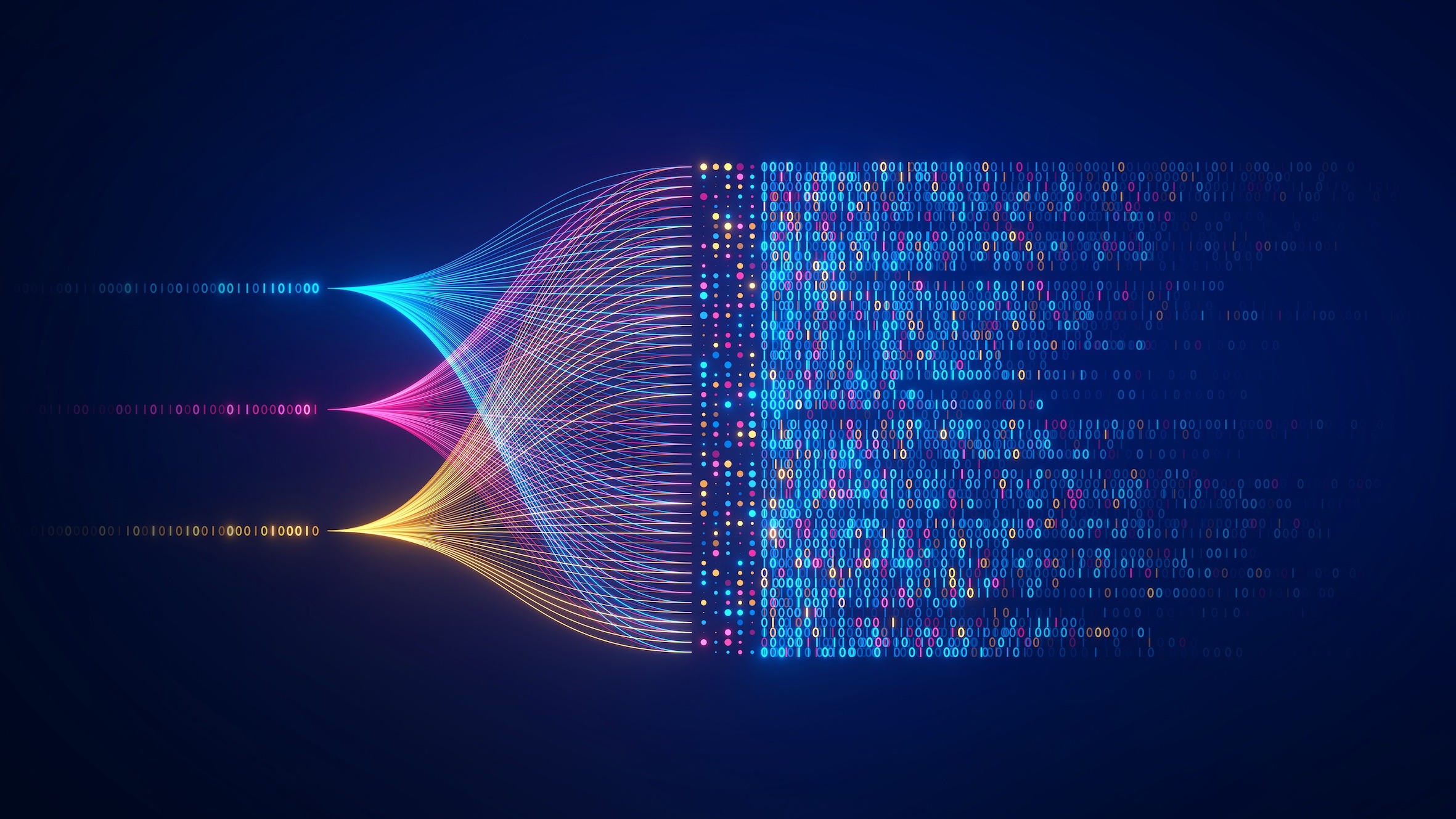
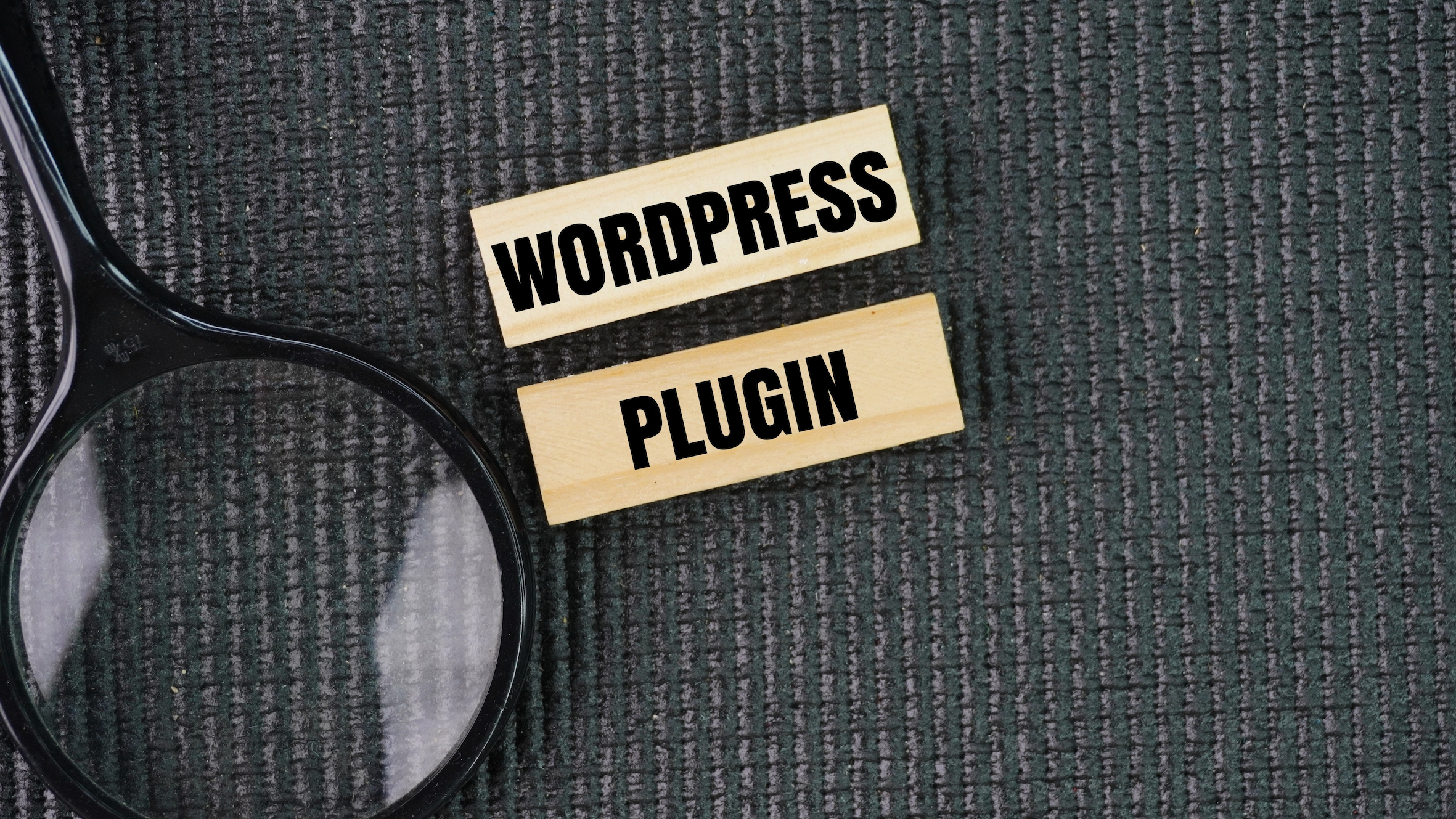
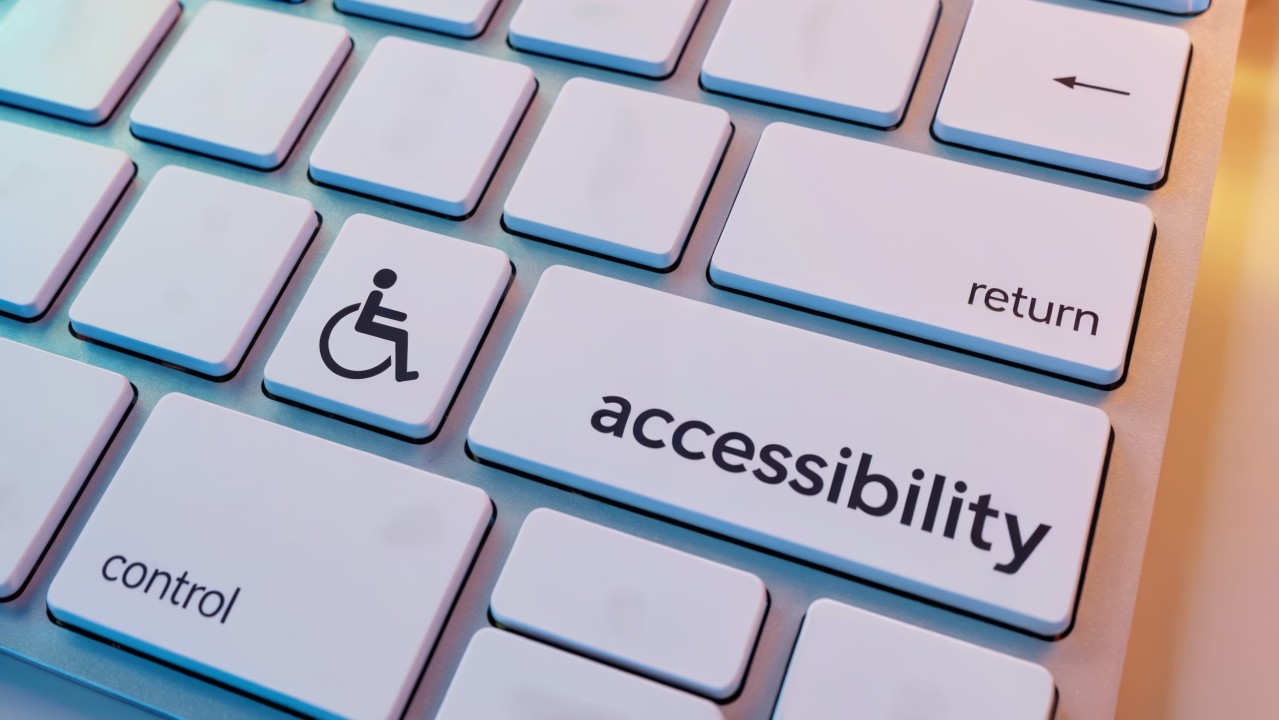
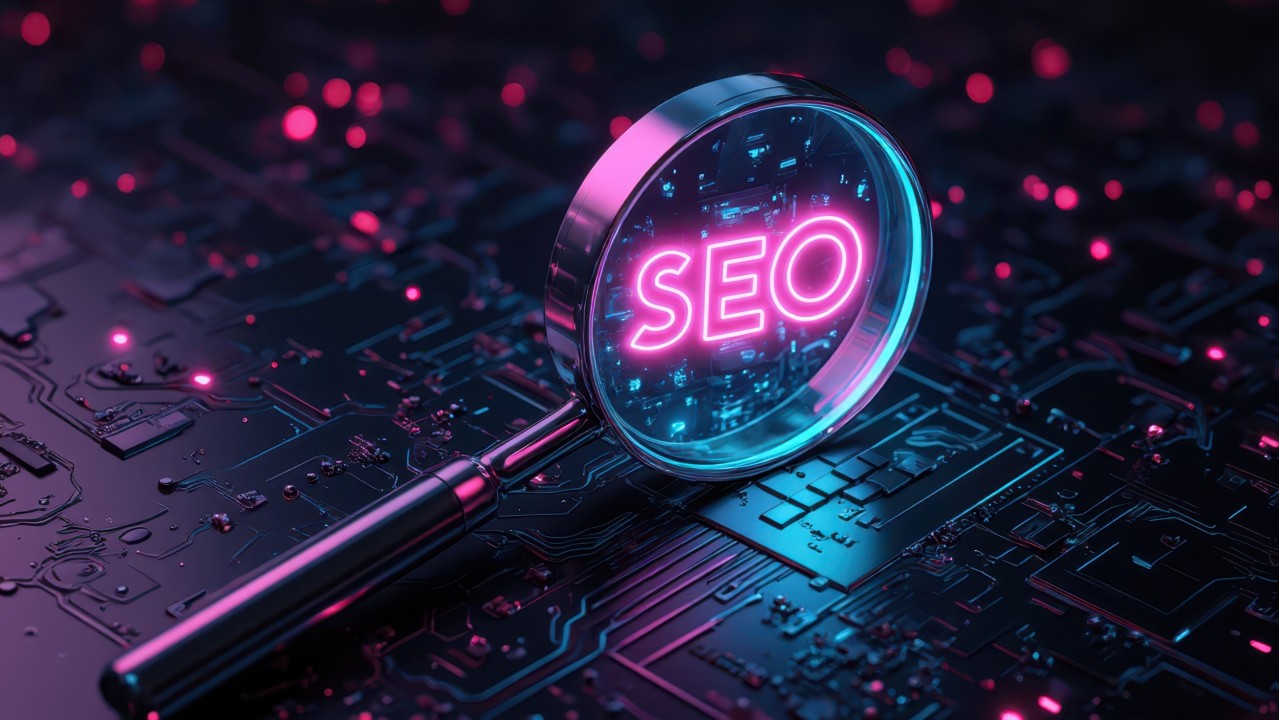
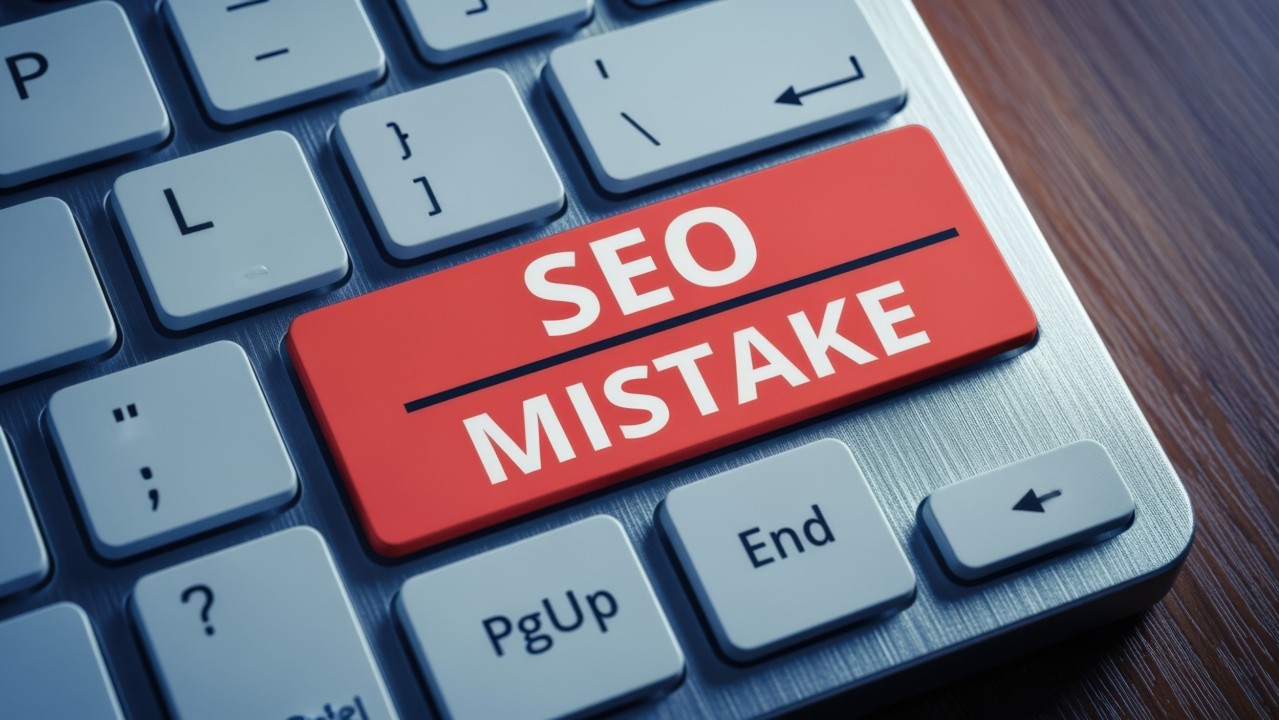
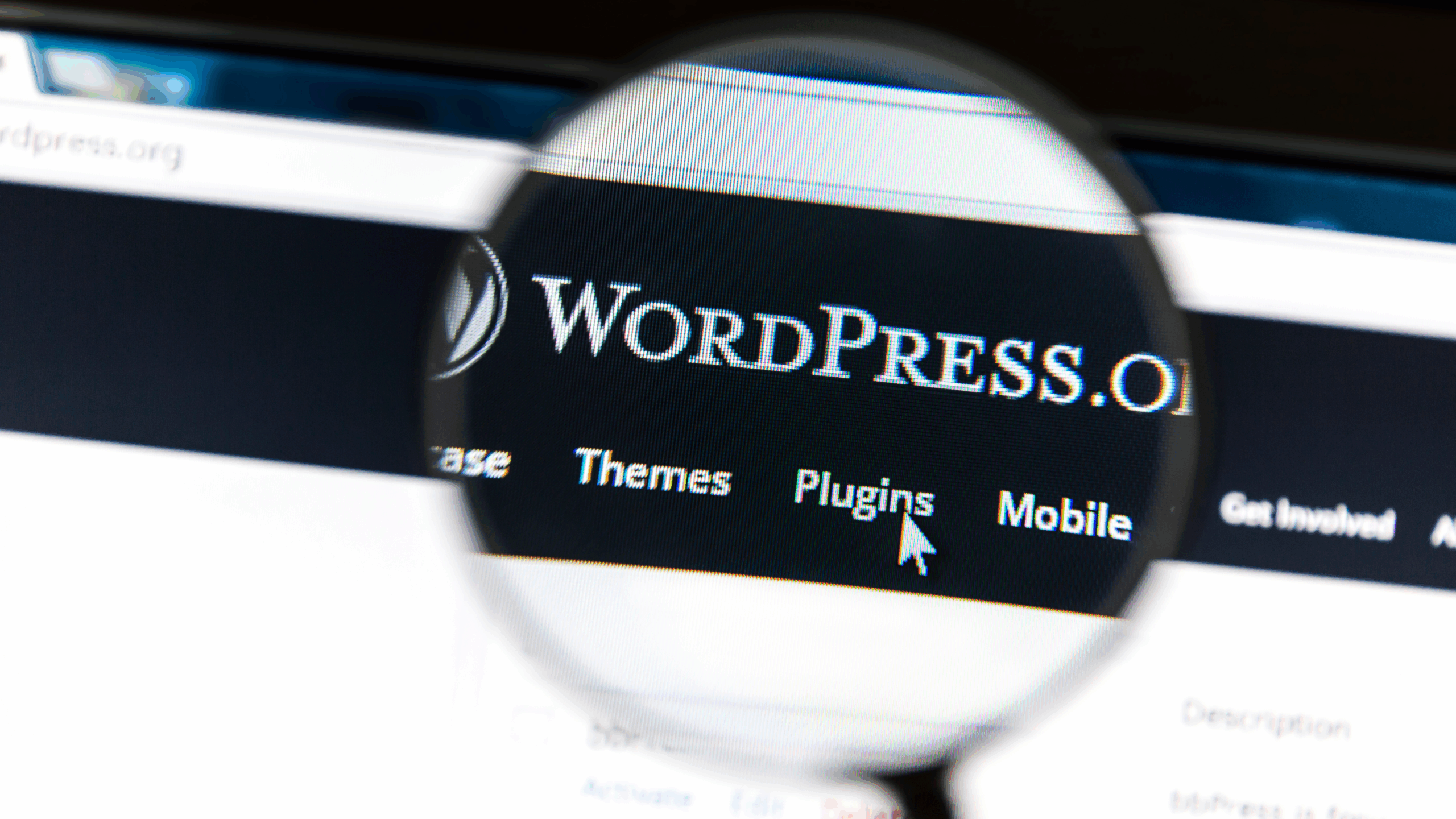
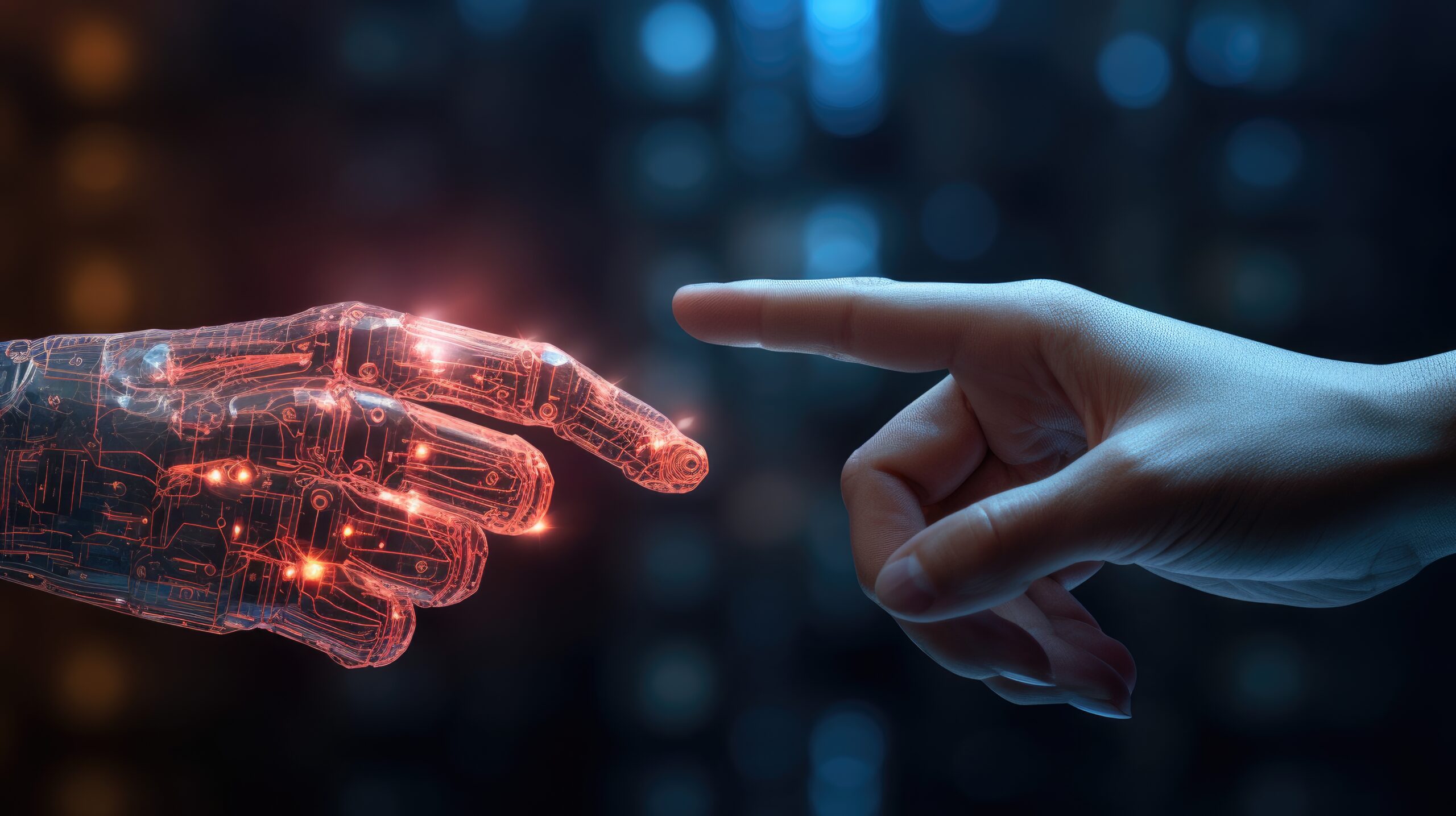
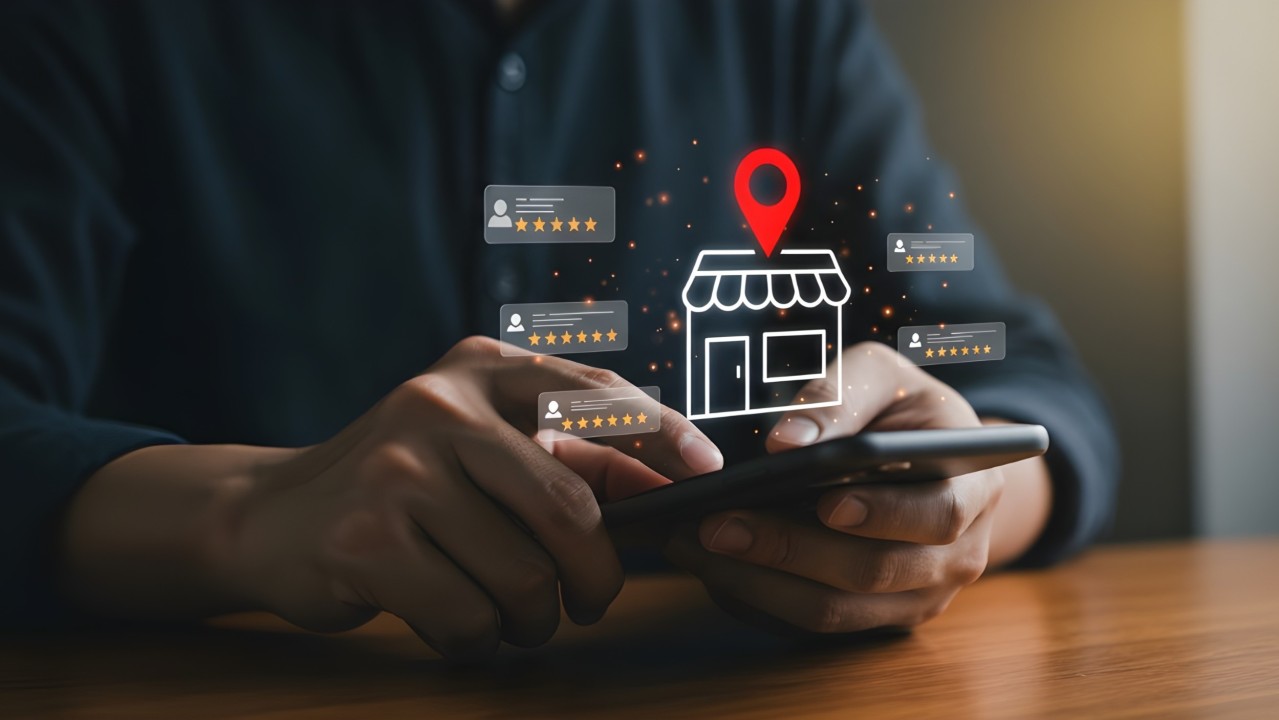
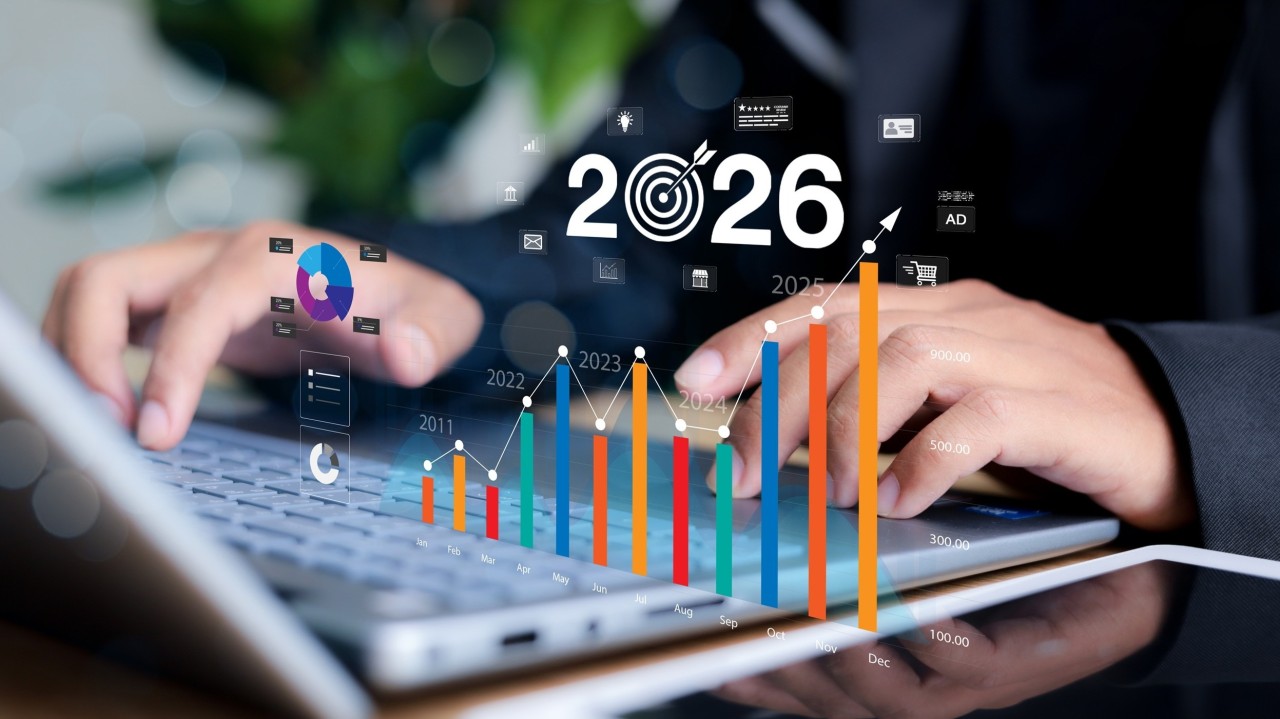
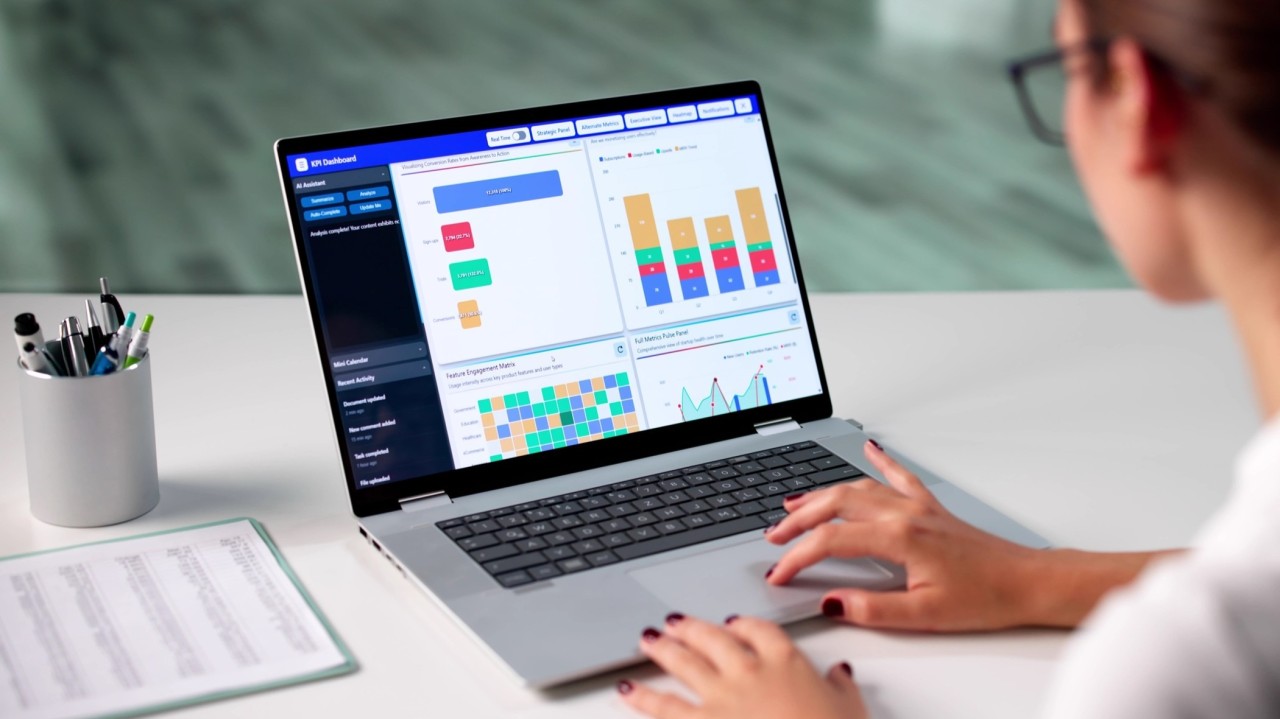
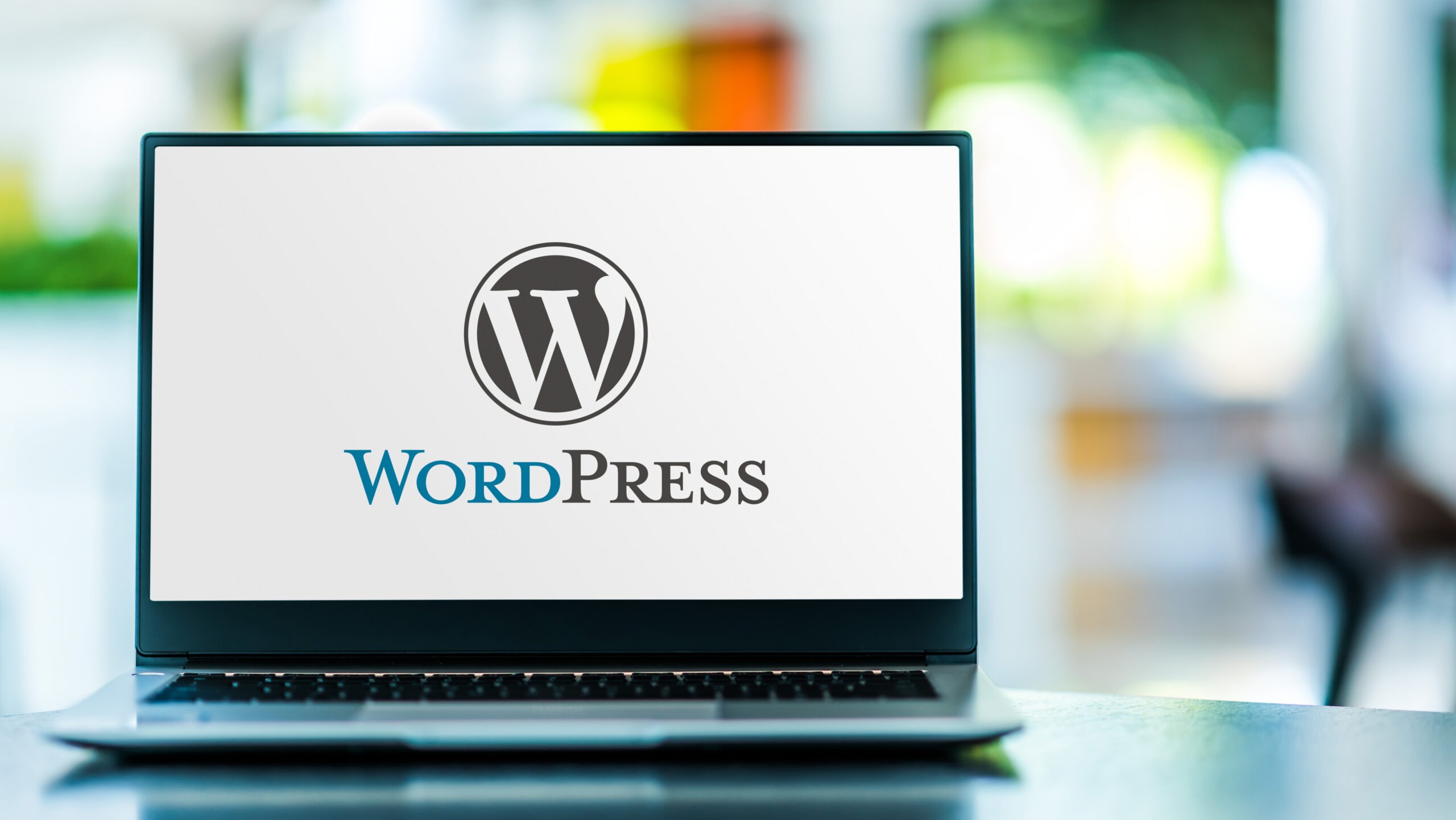

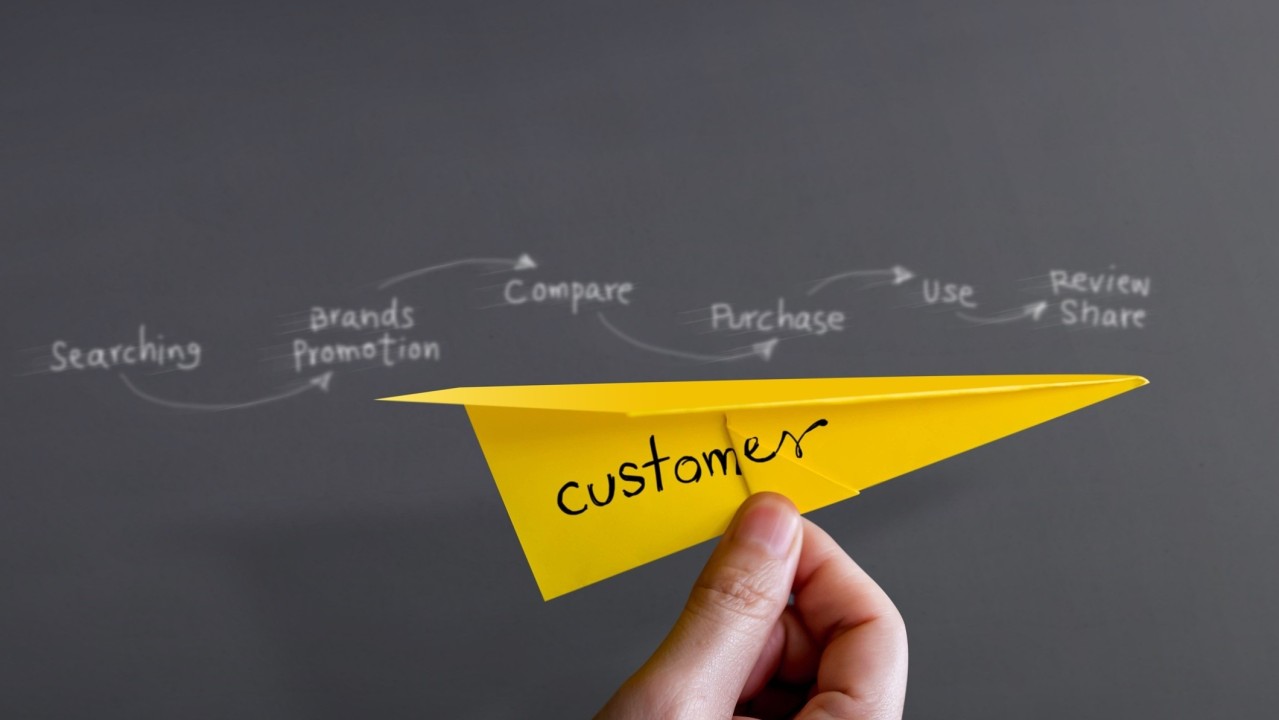


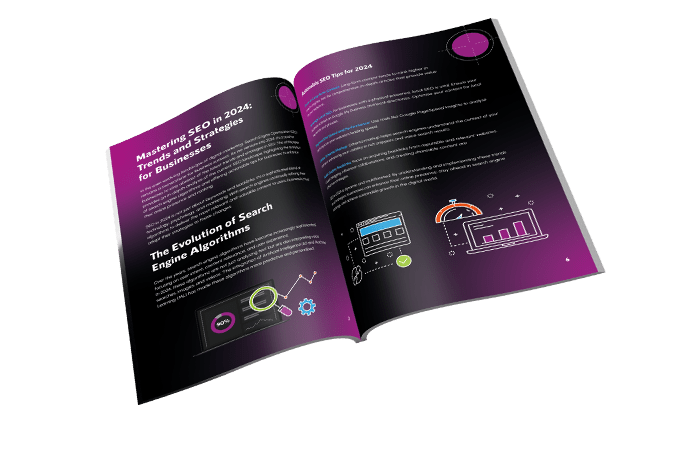
The Ultimate Social Media Guide
With the ever-growing power of social media, we use the latest techniques, video, and animation software to craft eye-catching social media assets that make your brand pop. Our designers, wielding Adobe Creative tools, create distinctive animations and graphics to illuminate your brand story and highlight your products or services. Want a unique design? No problem – we also offer bespoke designs to match your brand aesthetic.